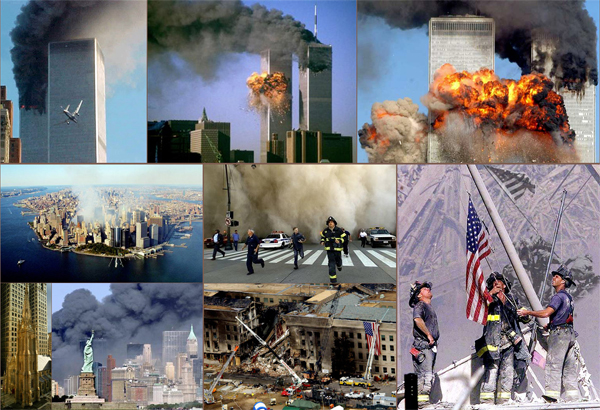
Attack on America on September 11, 2001
Attack on America: At 8:45 a.m. on a clear Tuesday morning, an American Airlines Flight 11 loaded with 20,000 gallons of jet fuel crashes into the north tower of the World Trade Center in New York City. The impact left a gaping, burning hole near the 80th floor of the 110-story skyscraper, instantly killing hundreds of people and trapping hundreds more in higher floors. As the evacuation of the tower and its twin got underway, television cameras broadcasted live images of what initially appeared to be a freak accident. Then, 18 minutes after the first plane hit, a second Boeing 767 - United Airlines Flight 175 - appeared out of the sky, turned sharply toward the World Trade Center, and sliced into the south tower at about the 60th floor. The collision caused a massive explosion that showered burning debris over surrounding buildings and the streets below. America was under attack.
The attackers were Islamic terrorists from Saudi Arabia and several other Arab nations. Reportedly financed by Saudi fugitive Osama bin Laden's al Qaeda terrorist organization, they were allegedly acting in retaliation for America's support of Israel, its involvement in the Gulf War, and its continued military presence in the Middle East. Some of the terrorists had lived in the United States for more than a year and had taken flying lessons at American commercial flight schools. Others had slipped into the U.S. in the months before September 11 and acted as the “muscle” in the operation. The 19 terrorists easily smuggled box-cutters and knives through security at three East Coast airports and boarded four flights bound for California, chosen because the planes were loaded with fuel for the long transcontinental journey. Soon after takeoff, the terrorists commandeered the four planes and took the controls, transforming the ordinary commuter jets into guided missiles.
Less than 15 minutes after the terrorists struck the nerve center of the U.S. military, the horror in New York took a catastrophic turn for the worse when the south tower of the World Trade Center collapsed in a massive cloud of dust and smoke. The structural steel of the skyscraper, built to withstand winds in excess of 200 mph and a large conventional fire, could not withstand the tremendous heat generated by the burning jet fuel. At 10:30 a.m., the other Trade Center tower collapsed. Close to 3,000 people died in the World Trade Center and its vicinity, including a staggering 343 firefighters and paramedics, 23 New York City police officers, and 37 Port Authority police officers who were struggling to complete an evacuation of the buildings and save the office workers trapped on higher floors. Only six people in the World Trade Center towers at the time of their collapse survived. Almost 10,000 other people were treated for injuries, many severe.
Meanwhile, a fourth California-bound plane - United Flight 93 - was hijacked about 40 minutes after leaving Newark International Airport in New Jersey. Because the plane had been delayed in taking off, passengers on board learned of events in New York and Washington via cell phone and Airfone calls to the ground. Knowing that the aircraft was not returning to an airport as the hijackers claimed, a group of passengers and flight attendants planned an insurrection. One of the passengers, Thomas Burnett, Jr., told his wife over the phone that “I know we're all going to die. There's three of us who are going to do something about it. I love you, honey.” Another passenger - Todd Beamer - was heard saying “Are you guys ready? Let's roll” over an open line. Sandy Bradshaw, a flight attendant, called her husband and explained that she had slipped into a galley and was filling pitchers with boiling water. Her last words to him were “Everyone's running to first class. I've got to go. Bye.”
The passengers fought the four hijackers and are suspected to have attacked the cockpit with a fire extinguisher. The plane then flipped over and sped toward the ground at upwards of 500 miles per hour, crashing in a rural field in western Pennsylvania at 10:10 a.m. All 45 people aboard were killed. Its intended target is not known, but theories include the White House, the U.S. Capitol, the Camp David presidential retreat in Maryland, or one of several nuclear power plants along the eastern seaboard.
At 7 p.m., President George W. Bush, who had spent the day being shuttled around the country because of security concerns, returned to the White House. At 9 p.m., he delivered a televised address from the Oval Office, declaring “Terrorist attacks can shake the foundations of our biggest buildings, but they cannot touch the foundation of America. These acts shatter steel, but they cannot dent the steel of American resolve.” In a reference to the eventual U.S. military response he declared: “We will make no distinction between the terrorists who committed these acts and those who harbor them.”
Operation Enduring Freedom, the U.S.-led international effort to oust the Taliban regime in Afghanistan and destroy Osama bin Laden's terrorist network based there, began on October 7, 2001. Bin Laden was killed during a raid of his compound in Pakistan by U.S. forces on May 2, 2011.
History Channel / Wikipedia / Britannica
Wikipedia Photo: September 11 Attacks: take place in the United States. Airplane hijackings result in the collapse of the World Trade Center in New York City, damage to The Pentagon in Arlington, Virginia, and the crashing of a passenger airliner near Shanksville, Pennsylvania.
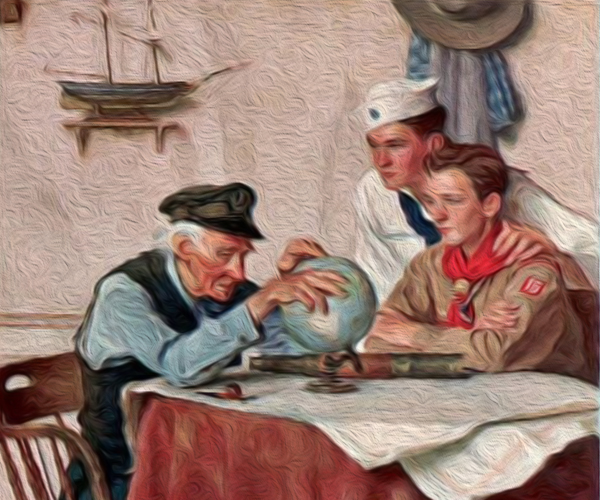
Understanding Military Terminology - end state
(DOD) End state: The set of required conditions that defines achievement of the commander's objectives. (Stability Operations - Defense Technical Information Center)
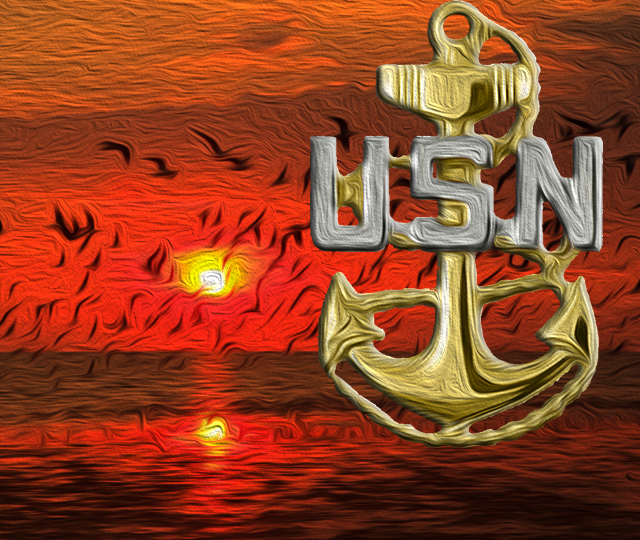
The Old Salt’s Corner
“Foul” is a nautical term meaning to entangle or entwine, and more generally that something is wrong or difficult. The term dates back to usage with wind-driven sailing ships.
The term can be applied to many nautical situations:
Foul hawse - when a ship lying to two anchors gets the cables crossed.
Foul bottom - in reference to a seafloor that has poor qualities for securing an anchor, such as hard rocks, coral, wreckage, or other impediments that would make securing or unsecuring an anchor difficult or impossible. Also, in reference to the hull of ship that is so encrusted with weeds and marine growth as to impede her progress.
Foul wind - when a strong head wind prevents a sailing ship from keeping her desired course.
Foul deck - on an aircraft carrier, when the deck is occupied by aircraft, thus preventing other aircraft from landing. Wikipedia / Sail World

“I’m Just Sayin’”
Beauty is in the eye of the beer holder.

“Thought for the Day”
“A well-spent day brings happy sleep.”
~ Leonardo da Vinci
“What I Have Learned”
There is only one thing more painful than learning from experience, and that is not learning from experience.
~ Archibald MacLeish (May 7, 1892 – April 20, 1982)
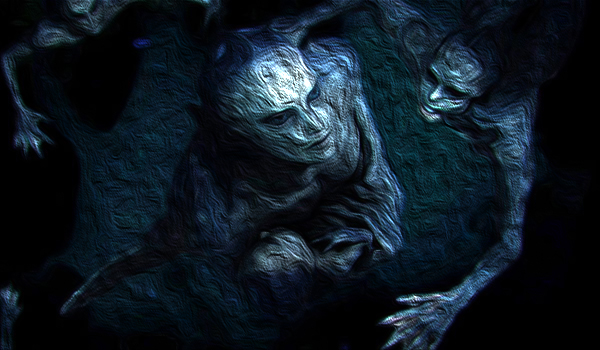
Bizarre News (we couldn’t make up stuff this good – real news story)

FAIRFAX, Virginia: Oh, Dear!: A name-withheld man (“D.B.”) filed a lawsuit in April against medical clinics and physicians who performed his colonoscopy in Fairfax, Va., in 2013, based on what the patient learned from audio his smartphone recorded while he was unconscious.
Though he originally intended to record only doctors’ instructions, he was dismayed to know that they began “mocking” him the second he went under, making disparaging and untrue statements about his health, feigning disgust at his body (“Oh! Oscar Mike Goss!”) (slang for “OMG” - oh, my God), threatening to “fire a gun up his rectum”, “diagnosing” him with syphilis or “tuberculosis in the penis”, and threatening to (falsely) note hemorrhoids on his record--all done amidst gales of laughter. Fairfax Times / Courthouse News
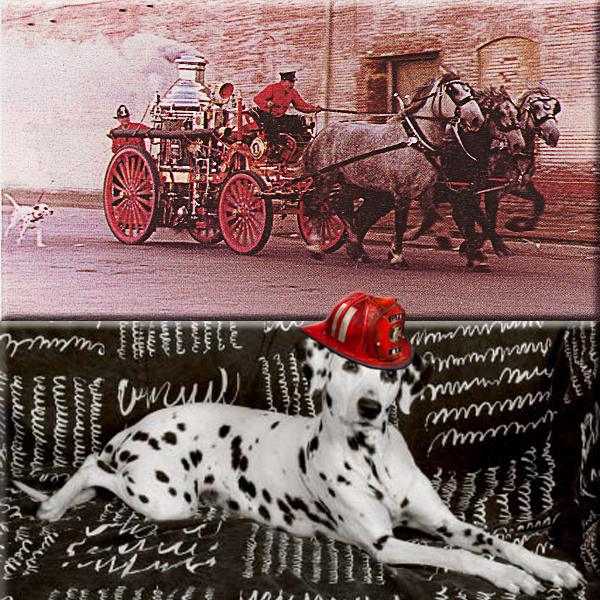
Mr. Answer Man Please Tell Us: Why are Dalmatians the traditional mascots of firehouses?
In the days before firehouses even existed, Dalmatians were bred and trained for the specific purpose of preventing highway robbery. Dalmatians, or “coach dogs”, ran alongside of horse-drawn stagecoaches, and acted as a buffers and as bodyguards to ward off robbers, also known as highwaymen, who attempted to ambush the carriages and, quite literally, to lighten their loads.
When horse-drawn fire engines arrived on the scene, firemen naturally chose Dalmatians to assist them, since the breed was accustomed to running long-distances, and to being around horses. Their bright white coats, covered with large black spots, made them a highly visible warning sign to bystanders and onlookers, as the dogs ran ahead of, and cleared the path for, fire engines racing towards a fire.
With technological advancement, horse-drawn fire engines became obsolete, and the need for Dalmatians to clear the way for fire engines no longer existed. People knew better than to get in the way of motorized fire engines speeding towards them with blaring sirens!
Fortunately, Firemen did not fire the gentle Dalmatian from his position in the Department. Instead, they honored him, by adopting the breed as the official firehouse mascot. The tradition continues to this day, and Dalmatians can even be spotted at some Fire Stations!
Image: Dalmatian (Noted: “Firehouse dog” / “Anheuser-Busch dog” / “101 Dalmatians”.)
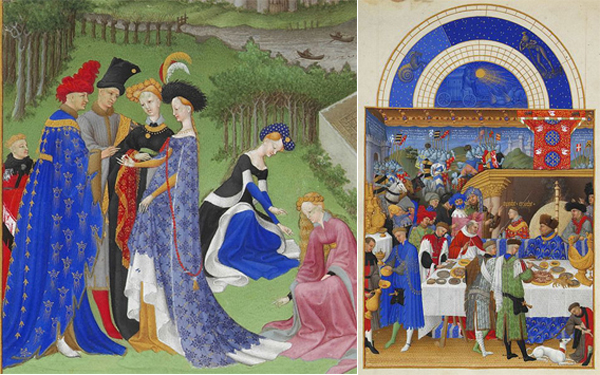
Where Did That Saying Come From?
“TRUE BLUE:” is supposed to derive from the blue cloth that was made at Coventry, England in the late middle ages. The town's dyers had a reputation for producing material that didn't fade with washing, that is, it remained “fast” or “true”.
The phrase “as true as Coventry blue” originated then and is still used (in Coventry at least). The town's standing was recorded in 1670 by John Ray in the first edition of A Compleat Collection of English Proverbs:
“Coventry had formerly the reputation for dying of blues; insomuch that true blue became a Proverb to signifie one that was always the same and like himself.”
There are other theories as to the origin of “true blue”; for example, the representation in paintings of the Virgin Mary in blue clothing, the purity of lineage of the Spanish nobility (see also blue blood”), or the blue aprons worn by butchers. These derivations are unlikely as they aren't supported by documentary evidence that link them to “true blue”. Wikipedia

NAVSPEAK aka U.S. Navy Slang
Gear adrift: Loose or unsecured gear or equipment. Also a less-than-flattering assessment of a sailor “Gear Adrift, Must be a gift”.
- Gear Adrift: referring to Equipment, items, objects, geegaws, or anything else that can be acquired through judicious use of the saying “Gear Adrift, Must be a gift”.
General Quarters: (GQ) Every sailor has an assigned duty station to be manned during an emergency (AKA “Battle stations”)
Seaman Schmuckatelli: Generic name for a sailor, used in a similar manner as “John Doe”, “Joe Blow” or “John Q. Public”. Example: “You're working on an electrical system without tagging it out, when along comes Seaman Schmuckatelli, who energizes the circuit and ZAP, you're fried calamari.”
Sea Otter: Seaopdetter; a member of a Sea Operational Detachment (SEAOPDET).
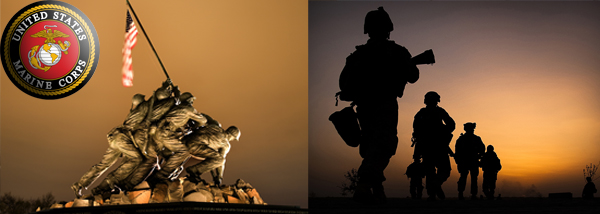
Just for you MARINE
Check: Yes, affirmative or I agree.
Check your six: Look behind you. From the aviation term, “your 6 o’clock” referring to the relative location of an aircraft with 12 o’clock being directly in front of the airplane.
Cheeseburgers: See Sliders.
Cherry Boy: A newcomer to the Orient.

Navy Acronyms
NEAT - NAVAIR Environmental Acquisition Targets
NEPA - National Environmental Policy Act
NFHP - Navy Flying Hour Program
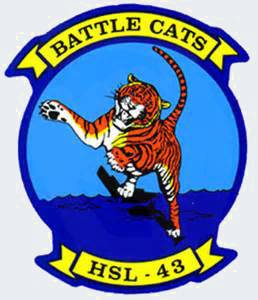
Naval Aviation Squadron Nicknames
HSL-43 - Helicopter Anti-Submarine Squadron Light 43: “Battle Cats” NAS North Island, California

The Strange, Mysterious or Downright Weird

Quite unsurprisingly, our internet usage has increased with the growing accessibility of mobile devices and supercomputers that we can buy for our homes.
It has increased so much, in fact, that the world's usage in a single second surpasses that which was used by the world in the entire year of 1993. OMG Facts
OH WHAT A YEAR - 1938
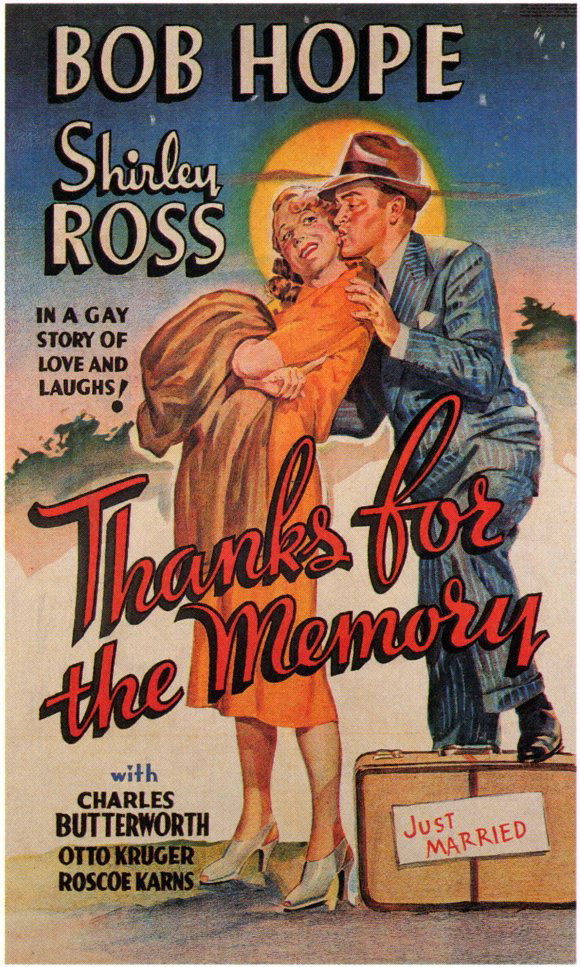
1. Begin the Beguine - Artie Shaw
2. Bei Mir Bist Du Schoen - The Andrews Sisters
3. A-Tisket A-Tasket - Ella Fitzgerald
4. Wabash Cannonball - Roy Acuff
5. Thanks For the Memory - Bob Hope & Shirley Ross
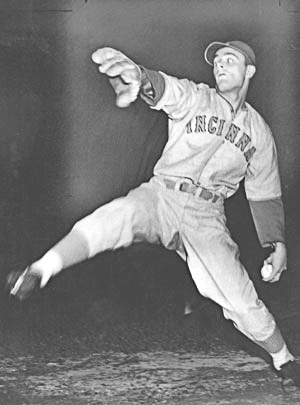
● World Series Champions: The New York Yankees defeat the Chicago Cubs 4 games to 0
● Starting pitcher Johnny Vander Meer (Cincinnati Reds) throws back–to–back no-hitters, meaning they came in two consecutive starts, something not accomplished before or since.
● NFL Champions: New York Giants defeat the Green Bay Packers 23–17
● NBL Champions: Akron Firestone Non-Skids win two games to one over the Oshkosh All-Stars
● Stanley Cup Champs: Chicago Black Hawks defeat the Toronto Maple Leafs 3 games to 1
● U.S. Open Golf: Ralph Guldahl
● U.S. Open Tennis (Men/Ladies): Donald Budge / Alice Marble
● Wimbledon (Men/Women) (Men/Ladies): Donald Budge / Helen Wills Moody
● NCAA Football Champions: TCU Horned Frogs
● FIFA World Cup: Italy
● Kentucky Derby: Lawrin
Image: Johnny Vander Meer (Cincinnati Reds) throws back–to–back no-hitters (Google Image Search)
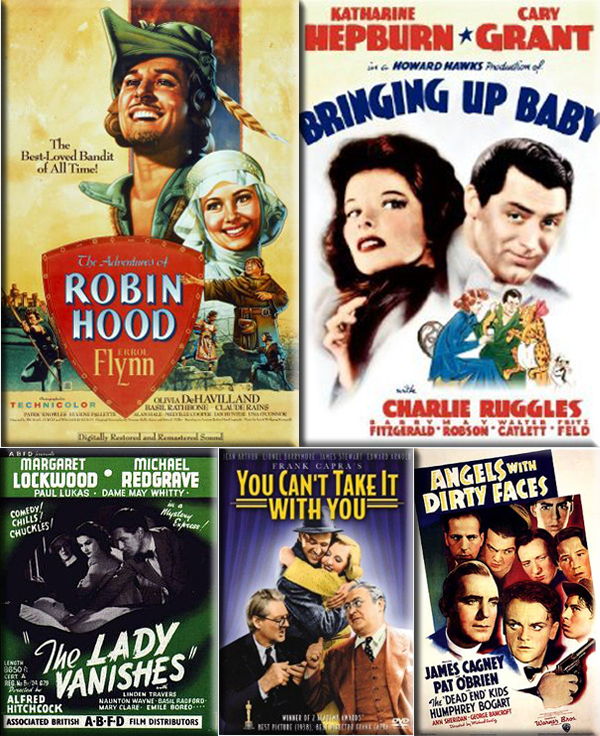
1. The Adventures of Robin Hood
2. Bringing Up Baby
3. The Lady Vanishes
4. You Can't Take It with You
5. Angels with Dirty Faces
Image: The Adventures of Robin Hood (Warner Brothers)
Most Popular Christmas gifts 1938
● Go To The Head Of The Class Game
● Criss-Cross Words Game
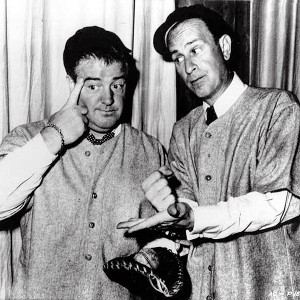
● “Who’s on First?”
~ Abbott and Costello “Who's on First?” 
Image: Who’s on First? ~ Abbott and Costello

Trivia
● Verdi wrote the opera Aida at the request of the khedive of Egypt to commemorate the opening of the Suez Canal.
● The star Antares is 60,000 times larger than our Sun. If our Sun were the size of a softball, the star Antares would be as large as a house.
● In 1897, the Washington Senators became the first baseball team ever to introduce “Ladies' Day”.
A Test for People Who Know Everything
In 1965 President Lyndon B. Johnson signed the Medicare health insurance program into law. After the ceremony who was the first person to enroll in the program and received the first Medicare card?
● Answer for People Who Do Not Know Everything, or Want to Verify Their AnswerHistory
Answer to Last Week's Test
What is a Busker?
Answer: A Busker is a street performer. They owe their origins to the jesters and traveling minstrels who entertained Egyptian Pharohs, and Middle Age Lords in years gone by. Literally defined as a person who entertains in public places for money, a Busker has no set skills they must have. They can juggle, eat fire, play music, or ride a unicycle; among many other things. As appreciation for a Busker's performance, spectators are supposed to put coins in the performer-provided hat.
Joke of the Day
A crow walks into a bar wearing a pearl necklace. He orders a drink.
“I've never seen a crow wearing a pearl necklace before”, says the barkeep.
“What do you expect with basic black?”, says the crow.





















